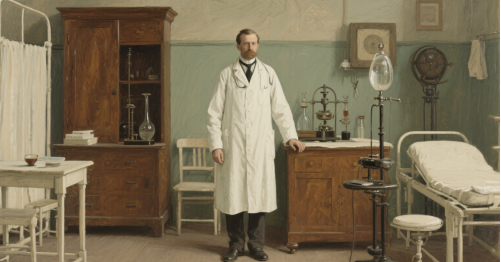The hospital lab coat, an iconic medical uniform, carries profound meaning intertwined with modern medicine’s evolution and healthcare culture.

In the mid-1800s, as germ theory gained prominence, a pivotal shift occurred: physicians abandoned dark formal attire for white lab coats in European and U.S. hospitals. White symbolized purity, made stains visible to enforce hygiene, and marked a break from unsanitary practices, birthing the modern clinician lab coat.

By the early 20th century, professional lab coats solidified their role as a badge of medical identity, distinguishing providers from patients. Their crisp whiteness came to symbolize expertise, with studies linking medical lab coats to the “white coat effect”—patients perceiving wearers as more competent and trustworthy.
Cultural variations exist: Asian specialties often use blue/green clinical lab coats to reduce surgical eye strain. Today, innovation abounds: hospitals adopt stain-resistant and antimicrobial lab coats, while eco-friendly fabrics and personalized styles blend tradition with technology.

Beyond function, hospital lab coats hold personal stories—coffee stains from late shifts, tears from urgent moments, embroidered names—transforming them into narrative objects that bridge medicine’s technical and emotional sides, standing as timeless symbols of dedication and human connection.

